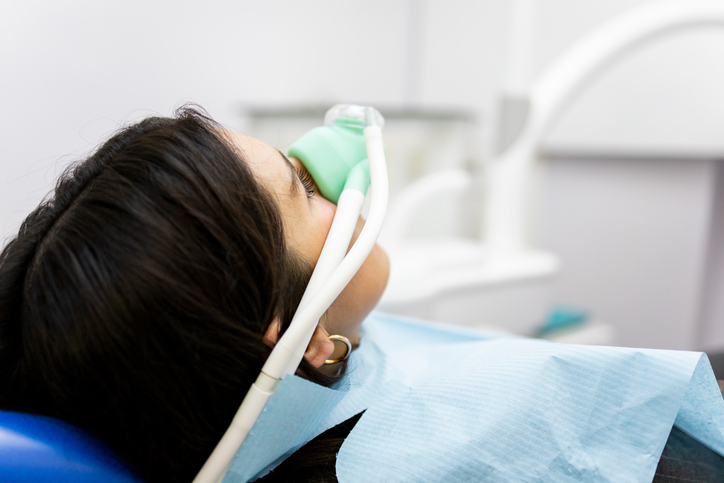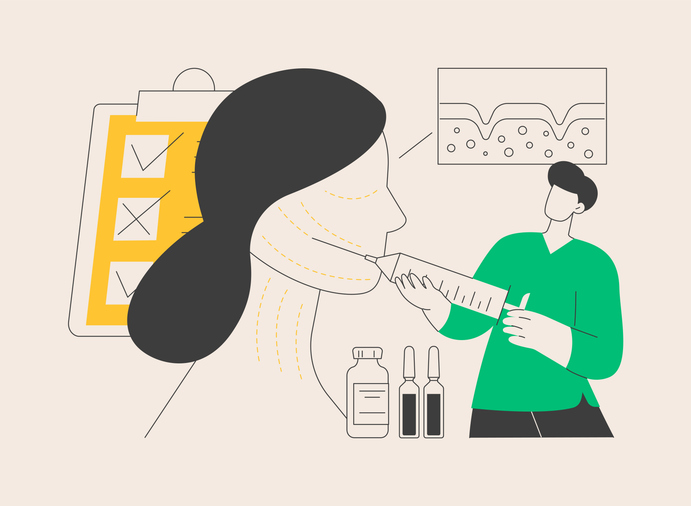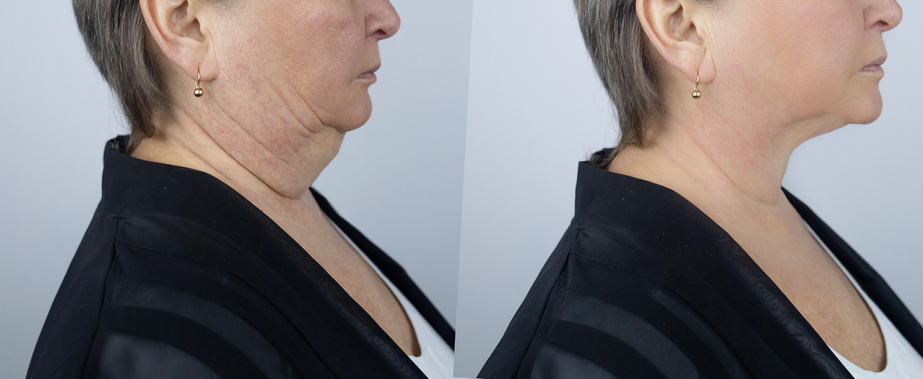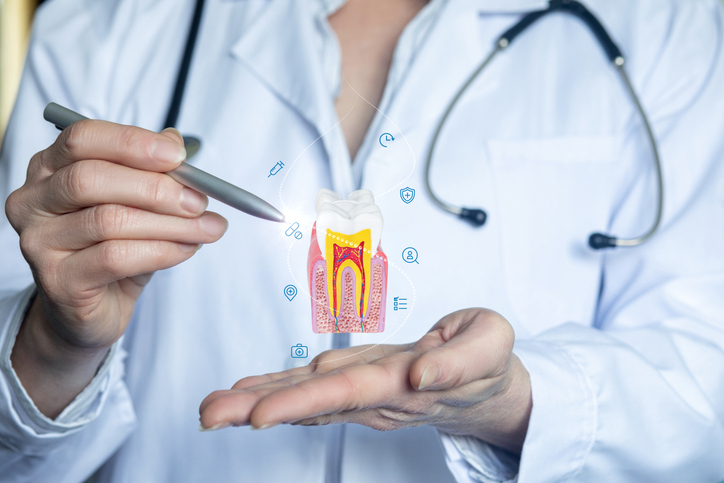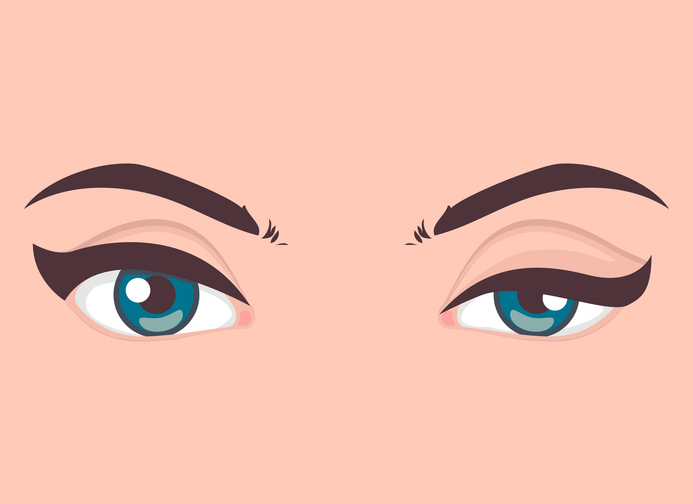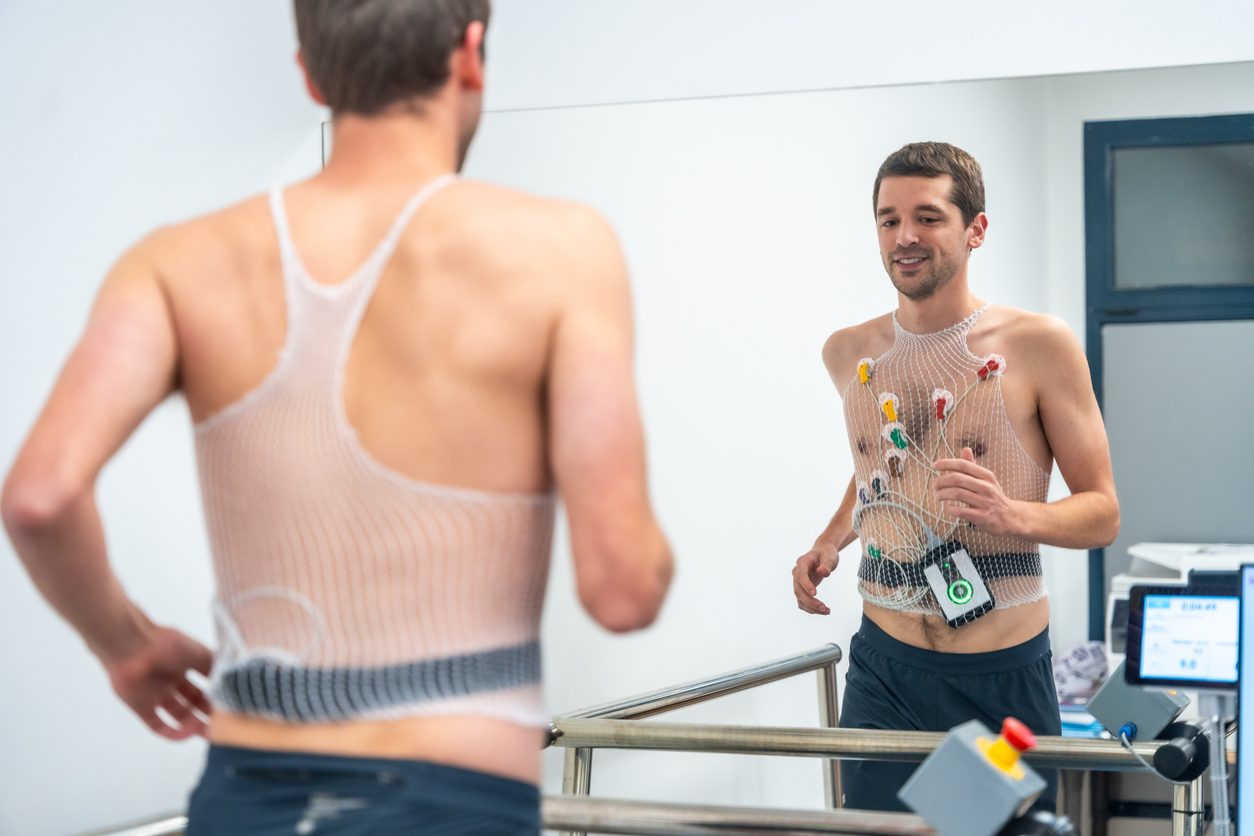Which Dental Procedures Require Sedation?
Modern sedation dentistry allows patients to undergo complicated dental procedures without discomfort and pain. Some people with acute dental anxiety can also benefit from these methods. But which dental procedures require sedation? In this article, we will answer this question and discuss the types of sedation commonly used in dentistry.
Which Dental Procedures Require Sedation?
In most cases, sedation is used when the procedure is complicated and time-consuming, requiring the patient to remain still for a long time. Such procedures include:
Bone Grafting
Bone grafting is used to prompt the regeneration of the jaw bone and improve its density. This procedure can be recommended in preparation for dental implants or dentures. During the procedure, your doctor will make incisions in the gums to access the jaw bone and then place the grafts made of natural or medical synthetic material. In some cases, grafts are sourced from the patient’s own tissue. Once the grafts are placed, stitches are applied.
Dental Implants Placement
Dental implant placement can take quite a long time and requires precision, especially when more than one implant is placed at once. During the procedure, metal posts are inserted directly into the jawbone, where they fuse over time.
Tooth Extractions
In some cases, tooth extractions can be complicated due to the position of the teeth’s roots, leading to your dentist recommending sedation.
Emergency Procedures
Accidents can cause severe oral trauma, including multiple knocked-out teeth, broken jaw, lacerations in the mouth, etc. If the injury is extensive and requires surgical treatment, your doctor is most likely to recommend sedation.
Depending on the patient and the patient’s pain tolerance, the procedures listed above can be performed without sedation and only use a local anesthetic.
What Is Sedation Dentistry?
Sedation dentistry is using one of the available sedatives to make a procedure as comfortable and painless for a patient as possible. In some cases, even if the procedure does not technically require sedation due to its difficulty, a patient can still opt for sedation if they experience acute dental anxiety. In general, sedation dentistry might be recommended for the following patients:
- People with a very low pain tolerance
- People who have reactive gas reflex
- People who find it challenging to remain still in one position for a long time
- People who are undergoing invasive procedures or procedures that take an extensive period
- People with severe dental anxiety
Types of Sedation Used In Dentistry
Depending on the complexity of the case and the needs of a particular patient, a dental specialist might offer one of the following types of sedation:
IV Sedation
IV sedation does not put a patient to sleep, meaning that you will remain conscious during the procedure but feel calm, relaxed, and less aware of the procedure. With IV sedation, patients can still understand and respond to what the doctor is saying or asking them to do. As the name suggests, this type of sedation is administered intravenously. The benefits of IV sedation include:
- It works quickly after it is administered.
- The dosage can be adjusted easily based on the patient’s needs.
- It allows the patient to cooperate with a doctor.
- It significantly reduces stress during the appointment and allows the patient to remember less of the procedure.
Nitrous Oxide
Nitrous oxide, also called a laughing gas, has been used in dentistry for decades. Typically, in modern dentistry, nitrous oxide is used in combination with oxygen and inhaled. This type of sedation is safe, and its effect usually passes right after the procedure so the patient can return to their daily activities. On its own, nitrous oxide does not reduce pain enough, so the local anesthetic is usually still used together with it.
Nitrous oxide is often used in pediatric dentistry, as it effectively reduces children’s fear of the procedure.
Oral Sedation
Oral sedation typically comes in the form of a pill administered through the mouth. The level of such sedation is usually moderate, allowing the patients to feel calm and relaxed for the duration of the procedure.
General Anesthesia
With general anesthesia, the patient is in deep sleep, unaware of their surroundings or the procedure, and does not feel any pain. After the procedure, the patient will also not have any memory of it. General anesthesia is induced through a vein.
Make an Appointment Today
Do not hesitate to make an appointment with a full-service dentist in Arcadia today. We provide a safe and stress-free environment and use modern methods to ensure your oral health. We look forward to your visit to Smiles of Arcadia.
